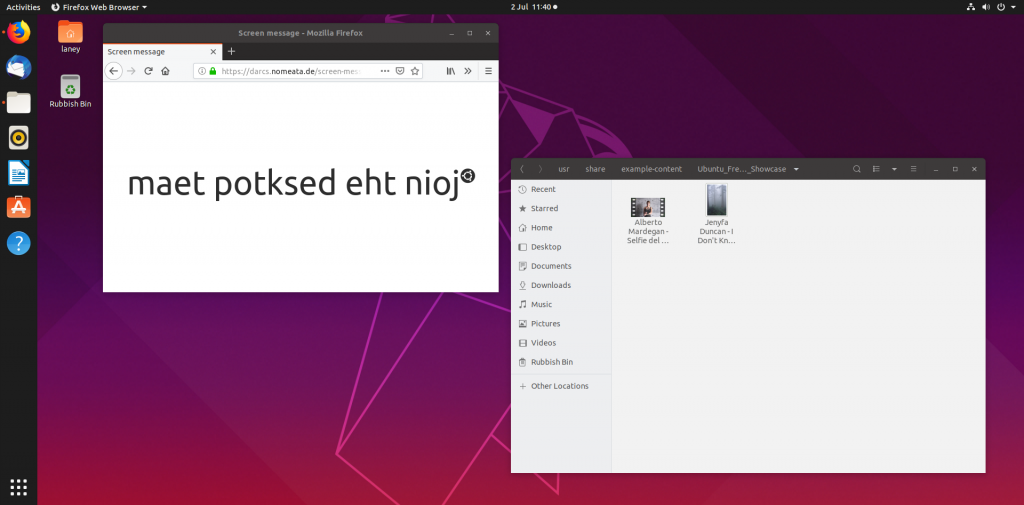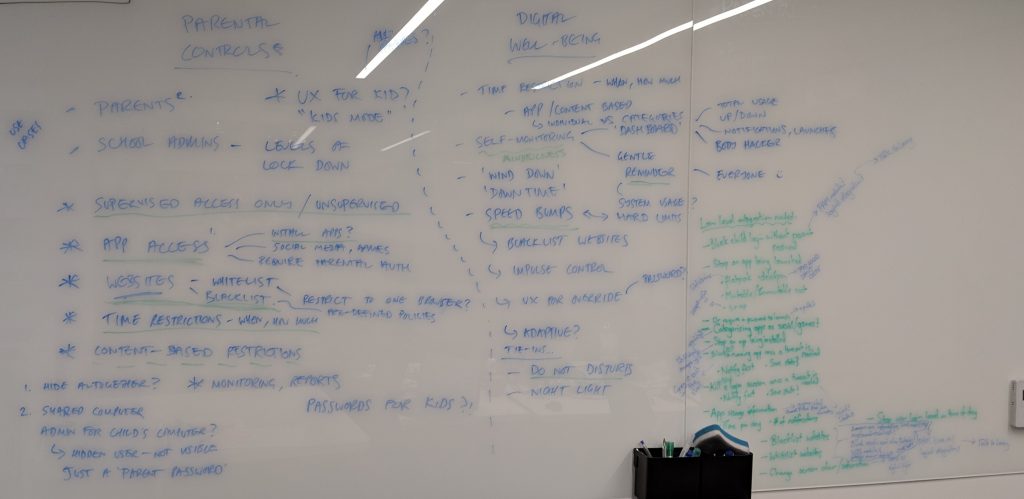no nice picture this time, sorry 😭
Following on from the first two days, we in days 3 & 4 we moved on to talking about metered data. There’s some debate about whether this is the correct terminology to use, but that’s the title of the hackfest so I’ll stick with it for now.
This is a set of features to handle internet connections that have limited amounts of data in some way. For example, I’ve personally got a “MiFi” mobile hotspot that provides internet over the 4G mobile network. I bought a pay-as-you-go SIM card that provides 32 GB of data, and when that’s used up I’ll have to recharge it to be able to get online.
Philip provided a summary of the current implementation in Endless. You can also watch a YouTube video of a talk Philip gave on this topic at GUADEC in 2018. Briefly, this is an opt-in system. The system knows details of your tariff, some of which you can provide in Settings, but which may also come with the system – for example if it’s sold with a mobile network connection already provisioned. Applications ask a new component for permission to begin a large data transfer, and this component tells the application when it can begin the transfer. This could be immediately or later on.
We reviewed prior art (other OS implementations), and had some discussion about types of metered connection that you might have. This turns out to be very complex! Some providers offer plans which come with “N hours” or “N bytes” restrictions. Others exempt certain websites from metering entirely.
Another topic is logging of used data across different applications. systemd has features to log the network traffic of units, so once we have proper support for using systemd to start desktop applications, we can begin to track this and then think about how to expose it in the UI.
I was personally arguing for somehow tracking the global amount of network traffic (tx/rx_bytes), so that the shell can tell you when you are approaching / over your cap. My feeling is that this would require some integration with NetworkManager, but we would need to work out the details of what to track – total bytes isn’t good enough; you would at least need bytes per day/week/… to implement support for some types of metered connection.
Finally, if you’re reading this through Planet GNOME then you’ve already seen, but Philip created a survey that we would like to use to help guide future developments. Go fill it out please.

